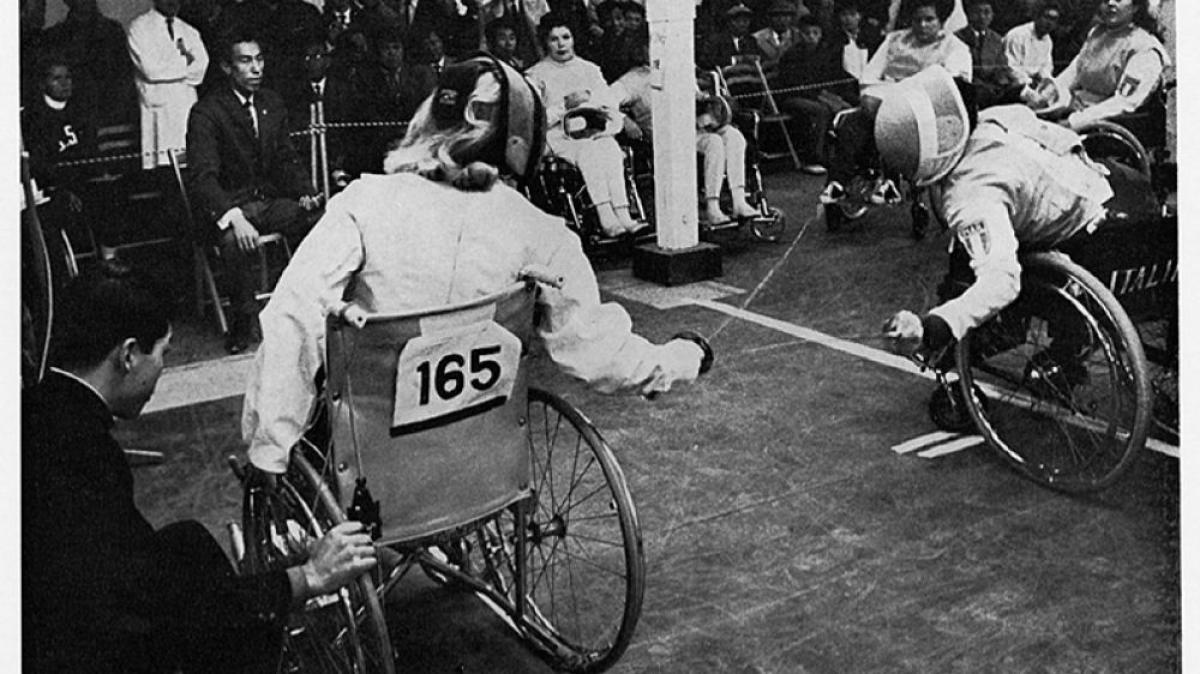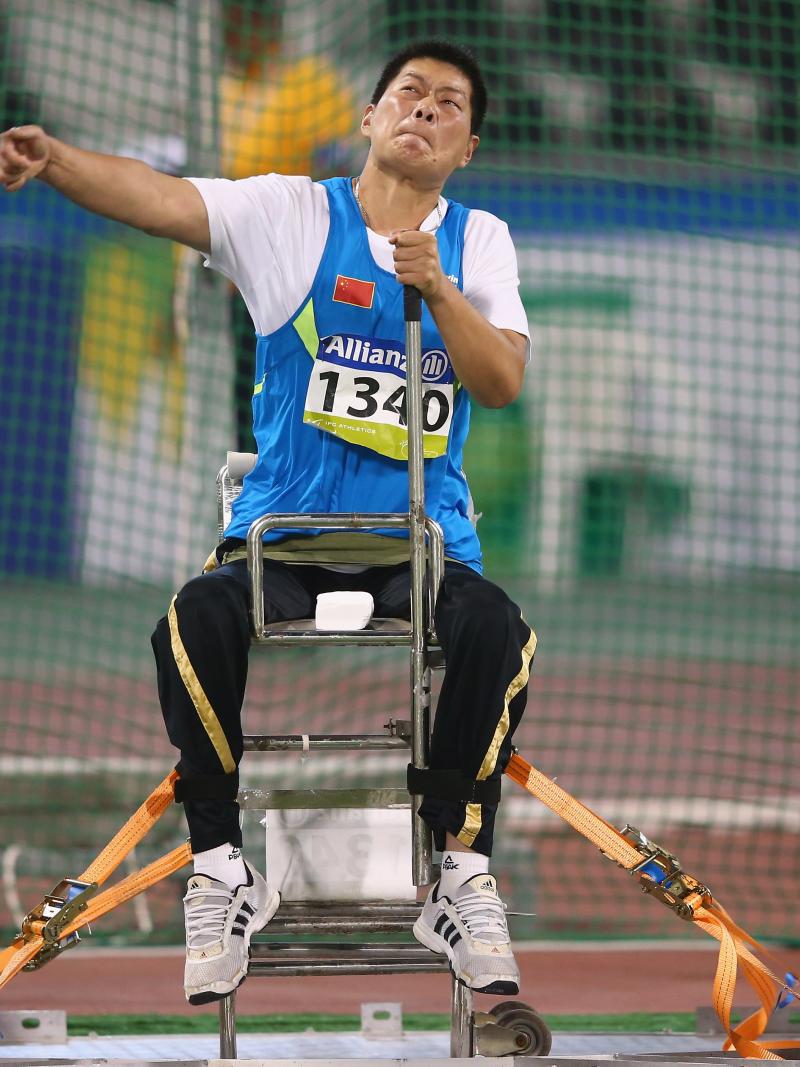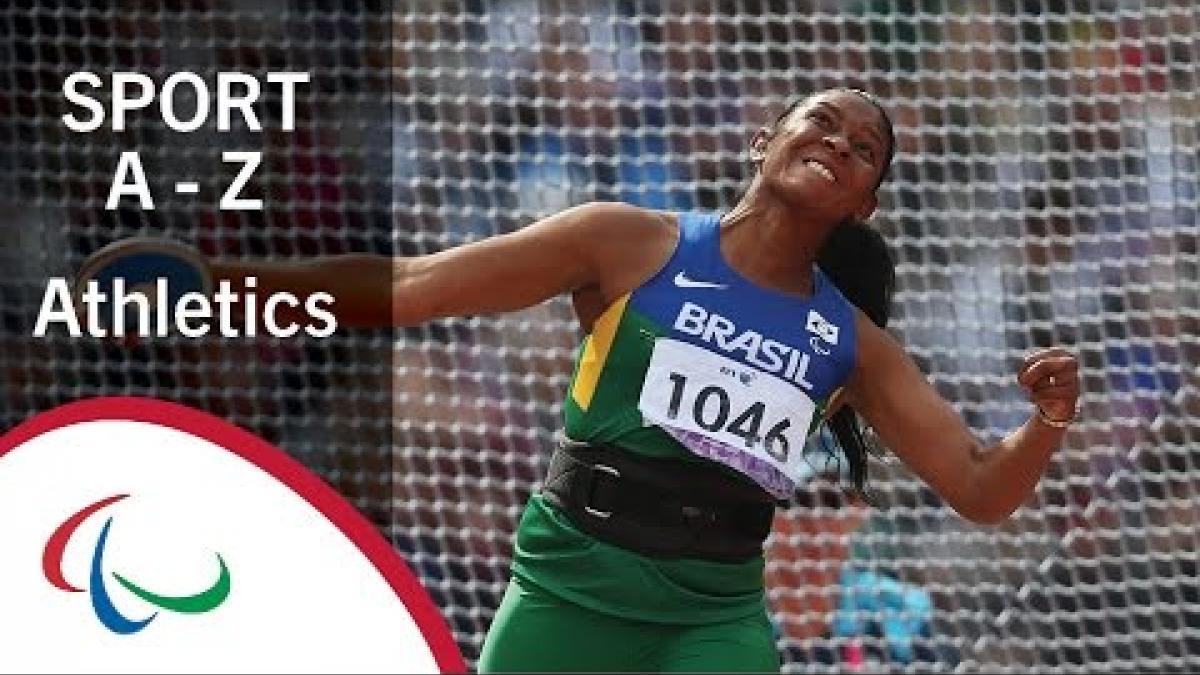Sport Week: History of athletics
Find more information on how the athletics grew to become the most popular sport on the Paralympic programme. 19 May 2016
The first official Para athletics competition was a wheelchair race among World War II veterans during the Stoke Mandeville Games in 1952 in Great Britain. Today, it encompasses more events both on and off the track, and athletes with various impairments.
The sport was one of the original eight that were part of the first ever Paralympic Games in 1960 in Rome, Italy. It included 25 medal events: club throw, javelin, shot put and precision javelin for both men and women across three classifications; and pentathlon open.
Thirty-one athletes from 10 countries competed.
Over the next 20 years, additional impairment groups and medal events were added to the Paralympic competition.
The 1964 Games in Tokyo, Japan, saw the introduction of wheelchair racing. By Toronto 1976, wheelchair races extended to include 200m, 400m, 800m and 1,500m, which were crowd-pleasers.
With that, the most decorated female athlete in the sport emerged in Chantal Petitclerc.
The Canadian wheelchair racer debuted in the 1992 Barcelona Games, where she won two bronze medals (200m and 800m). That was only the beginning.
Her first pair of gold medals came in the Atlanta 1996 Games, and she went on to dominate her class in Sydney 2000, Athens 2004 and Beijing 2008, collecting 14 medals more medals (12 golds). In total, she holds 21 Paralympic medals.
Following Petitclerc’s retirement after the 2008 Paralympics, the women’s T54 class was taken over by the USA’s Tatyana McFadden, who had finished runner-up to Petitclerc through much of her races in Beijing 2008. In London 2012, McFadden was crowned champion of the 400m, 800m and 1,500m T54 events – all which had previously been won by Petitclerc in 2008.
But McFadden looks to add the marathon title (an event that entered the Paralympic programme in 1984) to her collection. As first athlete to claim all four major wheelchair marathon titles – Boston, London, Chicago and New York – in a calendar year in 2013, McFadden is the heavy favourite in Rio 2016.
Competitions for athletes with visual impairments were also included in the Toronto 1976 Paralympic Games, and more stars eventually emerged, such as Cuba’s Omara Durand.
The visually impaired athlete made history in 2015 when she clocked the fastest 100m time ever (11.65) by a female Para athlete.
And records continue to be set.
German long jumper Markus Rehm registered a phenomenal 8.40m leap in 2015, a distance good enough to have won him Olympic gold at London 2012. Ireland’s Jason Smyth is dubbed the “world’s fastest Paralympian,” holding a 100m world-record time of 10.46 from London 2012.
Today the sport is practiced by athletes in more than 120 countries, making it the most widely practiced Para sport.
At the Rio 2016 Games, 1,100 athletes will compete in 177 medal events.
Editor’s note: Each sport on the Rio 2016 Paralympic programme will have a dedicated week of featured content published on paralympic.org. Every week a new sport will be featured and the series will run until September’s Games, helping the public understand more about the 22 sports being contested in Rio.
__
Sport fans from around the world can now buy their Paralympic tickets for Rio 2016 from authorised ticket resellers (ATRs).
The IPC’s Global ATR is Jet Set Sports, and Rio 2016 tickets and packages can be purchased on the CoSport website.
Residents of Brazil can buy 2016 Paralympics tickets directly from the Rio 2016 website.

 Facebook
Facebook
 Instagram
Instagram
 Twitter
Twitter
 Youtube
Youtube


